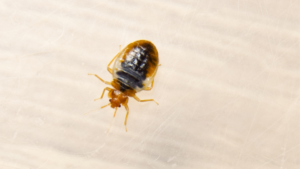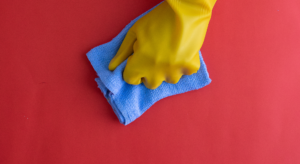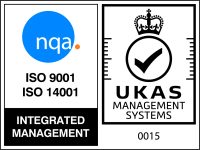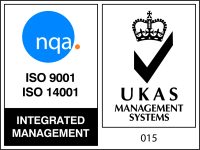Preparing the rail network for winter is a necessity. De-icers are utilised on station pavements, walkways and platforms to keep surfaces safe for passengers. Though effective, many commonly used de-icing products can cause considerable damage to train floors. In order to keep these surfaces in good condition, hygiene professionals and cleaners should fully understand the process of winterisation and its potential impact on a train carriage floor.
Winterisation and the Rail Sector
Winterisation is essentially the process of preparing the rail network for winter. Offering an insight to the challenges faced by the British rail industry during the winter months, Network Rail explains that, “In very cold weather, snow and ice can build up on the tracks blocking points, the equipment that allows trains to move between tracks. Ice can coat the electrified third rail and overhead power cables, preventing trains from drawing the power they need to run and leaving them stranded. Icicles on tunnels, bridges and other structures can also damage trains and overhead power cables.”
Winter, as Global Railway Review adds, also poses challenges for the traveling public as they move through stations and onto trains. During this time, notes the outlet, concourses and platforms become wet and slippery and a range of de-icers may be used by station managers in order to keep surfaces safe.
The Impact of Winterisation on Train Flooring
Rock salt, calcium chloride and urea are some of the most commonly used deicers, each of which have their own benefits and pitfalls as deicing agents. Cost-effective and efficient, rock salt is one of the most widely used deicers.
As CleanLink explains, if rock salt residue is not removed quickly, it can leave behind a dull residue that can damage floor surfaces. Likewise, calcium chloride and urea can also impart surface damage; the outlet explains that calcium chloride is known to leave behind a slick, slippery residue. As for urea, the Rail Delivery Group observes that, in addition to leaving behind a white residue on flooring and surfaces, it can give off a foul smell if not cleaned properly after being tracked into the carriage.
Winter, as Global Railway Review adds, also poses challenges for the traveling public as they move through stations and onto trains. During this time, notes the outlet, concourses and platforms become wet and slippery and a range of deicers may be used by station managers in order to keep surfaces safe.
Mitigating the Impact of Winterisation: Best Practices for Cleaning Professionals
While a necessity during the winter months, de-icers present a challenge to cleaning professionals who are actively seeking to keep carriages free of the damaging residue left behind by these commonly used de-icing agents. CleanLink offers specific details on how cleaners can prevent damage to flooring from de-icers. It suggests that regular removal of residue – by mopping or vacuuming – is key in any preventative hygiene routine. If mopping is the preferred option, a gently acidic formula should be used to thoroughly remove any residue. But in addition to physical methods of removal, the outlet also adds that matting should be placed at strategic points to catch inbound de-icing residue. In a train carriage, this of course would mean placing matting at door entrances, in vestibule areas and in the aisles.
As a vital component of the winterisation process, the use of de-icers is unavoidable. But the harm that these powerful products can cause in the train carriage isn’t; by taking the time to fully understand how their use can impact surfaces and flooring, a cleaning professional can do much to mitigate any potential for damage.








